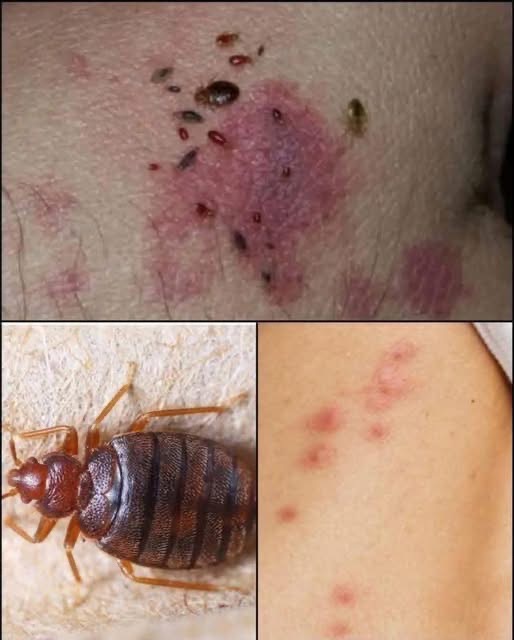Scabies is a highly contagious skin condition caused by an infestation of the human itch mite (Sarcoptes scabiei). While it’s a common issue worldwide, it can be uncomfortable, distressing, and sometimes misunderstood. In this article, a medical expert explains everything you need to know about scabies, including its symptoms, appearance, diagnosis, treatment options, and prevention.
What Is Scabies?
Scabies occurs when microscopic mites burrow into the outer layer of human skin, triggering an allergic reaction. This causes intense itching and a distinctive rash. It spreads primarily through direct skin-to-skin contact and, less commonly, through infested clothing, bedding, or furniture.
Scabies affects people of all ages, races, and socioeconomic groups. Close living conditions—such as nursing homes, dormitories, and prisons—can facilitate outbreaks.
The primary symptoms of scabies include:
Intense Itching, especially at night
Red, Rash-Like Bumps that may form lines or tracks
Sores caused by scratching
Thickened, Crusty Patches (in cases of severe infestation, known as “crusted scabies”)
Symptoms typically appear 4 to 6 weeks after initial exposure if a person has never had scabies before. However, if someone has had it previously, symptoms can appear within a few days.
Where Does Scabies Rash Usually Appear?
Life Style
HT4. Doctor Explains Scabies Skin Rash: Symptoms, Photos, Treatment, and More
BILI BILI APRIL 28, 2025
493078372_122282883842003717_5608420139237561099_n
Scabies is a highly contagious skin condition caused by an infestation of the human itch mite (Sarcoptes scabiei). While it’s a common issue worldwide, it can be uncomfortable, distressing, and sometimes misunderstood. In this article, a medical expert explains everything you need to know about scabies, including its symptoms, appearance, diagnosis, treatment options, and prevention.
What Is Scabies?
Scabies Symptoms
Scabies occurs when microscopic mites burrow into the outer layer of human skin, triggering an allergic reaction. This causes intense itching and a distinctive rash. It spreads primarily through direct skin-to-skin contact and, less commonly, through infested clothing, bedding, or furniture.
Scabies affects people of all ages, races, and socioeconomic groups. Close living conditions—such as nursing homes, dormitories, and prisons—can facilitate outbreaks.
Scabies Symptoms
Scabies: UK facing unusually large outbreaks – and treatment shortages appear mostly to blame
The primary symptoms of scabies include:
Intense Itching, especially at night
Red, Rash-Like Bumps that may form lines or tracks
Sores caused by scratching
Thickened, Crusty Patches (in cases of severe infestation, known as “crusted scabies”)
Symptoms typically appear 4 to 6 weeks after initial exposure if a person has never had scabies before. However, if someone has had it previously, symptoms can appear within a few days.
Where Does Scabies Rash Usually Appear?
Scabies vs. Chiggers: Symptoms and How to Identify Each
Scabies rash often develops in skin folds or areas where the skin is thin. Common locations include:
Between the fingers
Inside wrists and elbows
Around the waistline
On the buttocks
Around the nipples (in women)
On the genitals (in men)
Around the ankles
In infants and young children, the head, face, neck, palms, and soles of the feet can also be affected.

Leave a Reply